DESTINATION RESTAURANTS
June 20, 2023
Restaurant Pas Mal
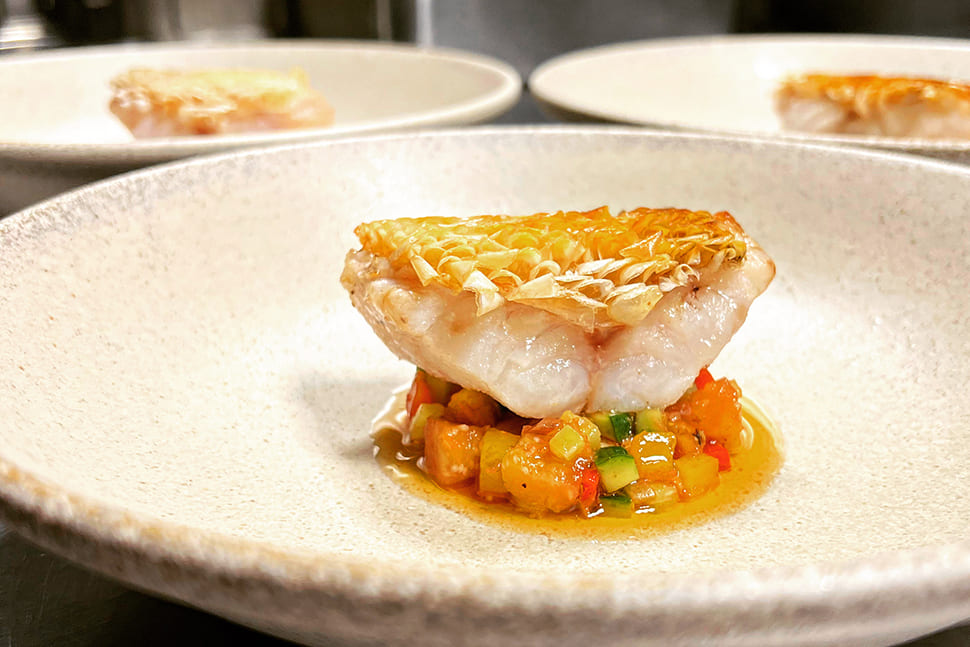
Over the past 20 years, French restaurants in regional areas of Japan have improved dramatically in quality while also increasing in number. Even today, however, the Tohoku region has relatively few. Restaurant Pas Mal could be called the sole authentic French restaurant in the city of Yamagata. Owner-chef Yusuke Murayama strives for true gastronomic cuisine. His dishes emphasize classic sauces making extensive use of wine and brandy — a cooking style that has become less common even in France — and the “stars” of these creations are local ingredients. For regional restaurants, using fresh and inexpensive locally sourced ingredients is usually considered an advantage, but the situation in Yamagata is different.
Murayama said: “Starting with cherries and Yamagata beef, foods produced in Yamagata are considered premium-quality brands and distributed at high prices outside the prefecture, especially in the Tokyo area. In these circumstances, they can’t be used at restaurants in the local area, where prices are lower. When local residents go out to eat, they almost always go to an izakaya pub where the average cost per person is ¥4,000 to ¥5,000 ($27 to $34). It has become the norm in these places to use a lot of products from overseas, including vegetables. In other words, Yamagata residents have few opportunities to enjoy Yamagata ingredients when they dine out. I want to change this situation. First of all, I create dishes with the idea that local people should know about the appeal of ingredients from Yamagata Prefecture.”
Featured in these dishes are the bounties of the region, which is blessed with the right conditions for producing delicious foods — the presence of the sea and the mountains as well as extremes of temperature. Sangenton pork and Shonai duck from Hirata Farms are used to make rillettes (spreadable pate). Spear squid is featured in tarts. Main dishes include amadai (tilefish) and venison. Edible chrysanthemums, long grown in the region, appear as a garnish. Locally grown almonds and raspberries are used as well. Also on the menu is the local dish imoni (a soup including taro, meat and vegetables), made with consomme instead of the traditional soy sauce — an ingenious fusion of local ingredients and French cuisine.
Murayama opened a bistro in the city of Tendo in 2002. When he moved to his current location and reopened in 2017, he changed course and transformed the bistro into a gourmet French restaurant. The establishment is managed mainly by Murayama and his younger brother Tatsuaki, the maitre d’, who was previously engaged in wine production overseas. At ¥11,000 and ¥16,000 (including tax and service), the dinner course prices are extraordinarily high for the city of Yamagata.
“I want to raise the average dining cost throughout Yamagata Prefecture,” said Murayama. “Last May it was reported that the population of Yamagata Prefecture was a little over 1,040,000. That was a decrease of 1.31% from the previous year — the fourth-largest rate of decrease in Japan. The only way to do business in this situation is to make excellent cuisine that draws tourists. Yamagata specialties like ramen and soba are fine, too, but I think gastronomic restaurants really have the power to attract customers from far away. What I want to communicate to the younger generation is not that you can make more money in Tokyo, but that you can also make a living in Yamagata Prefecture. I often tell young chefs who have trained in Tokyo and come back to Yamagata, ‘I’m raising my prices, so you should raise yours too.’”
People from outside the prefecture (mainly the Tokyo area) currently comprise 80% of the restaurant’s clientele, but the number of local customers is increasing. To further raise awareness among the area’s residents, Murayama periodically carries out collaborations with famous chefs from other regions and reports on them inside and outside the prefecture. Without a doubt, Yamagata Prefecture’s future culinary scene is in the process of transforming.
■Sustainable Japan Magazine (Sustainable Japan by The Japan Times)
https://sustainable.japantimes.com/magazine/vol31/31-06


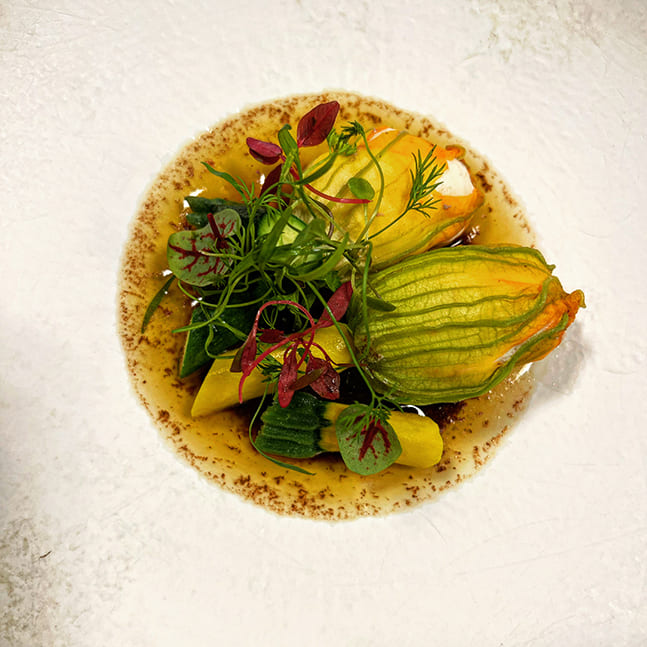
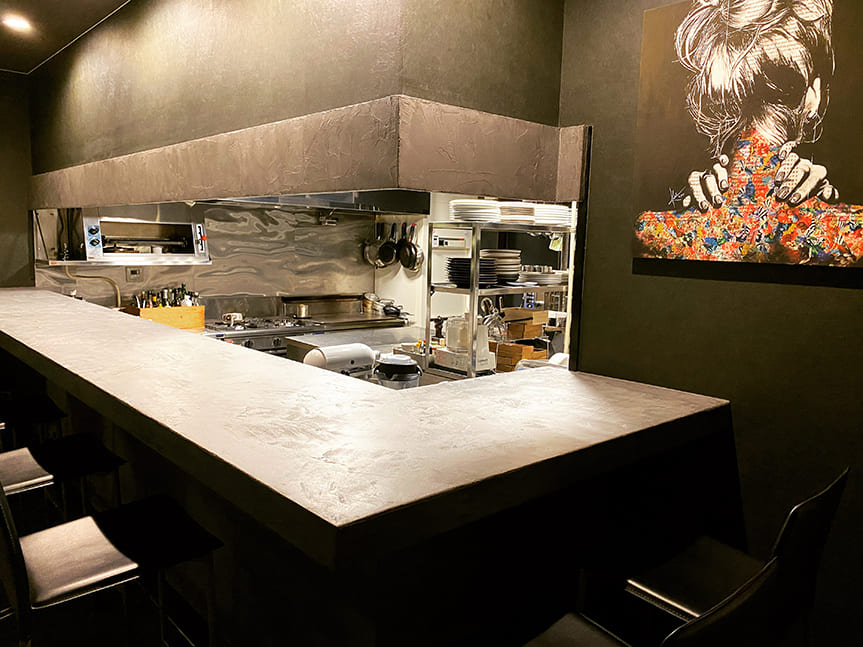
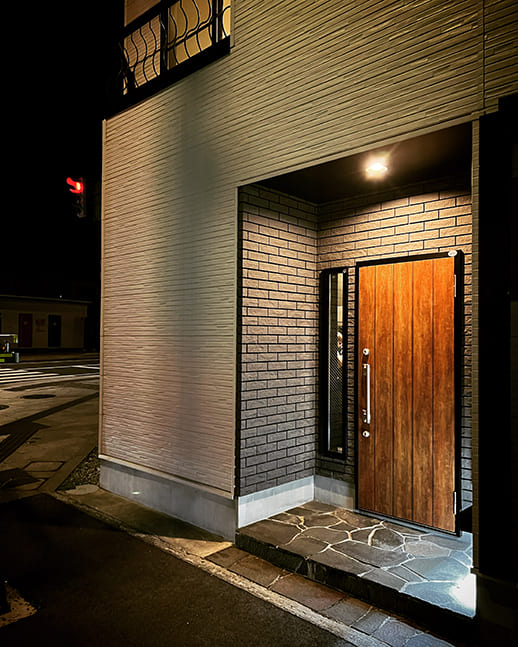

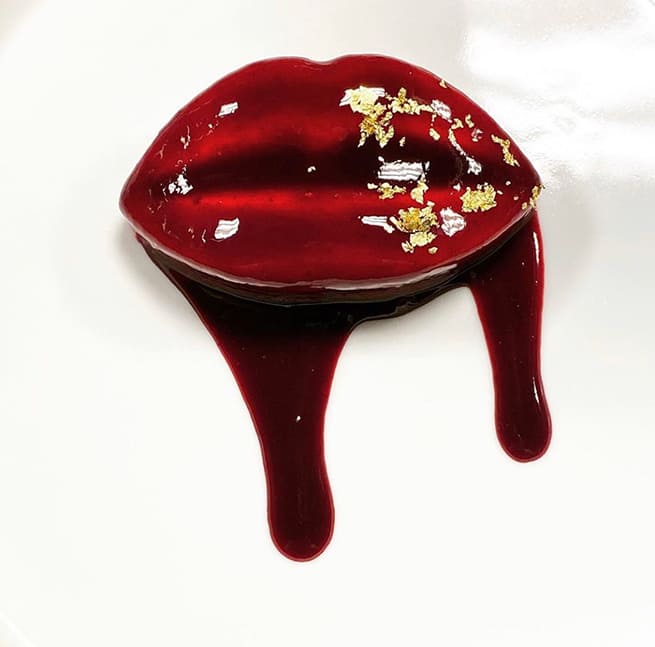
2-3-16, Nanukamachi, Yamagata, Yamagata